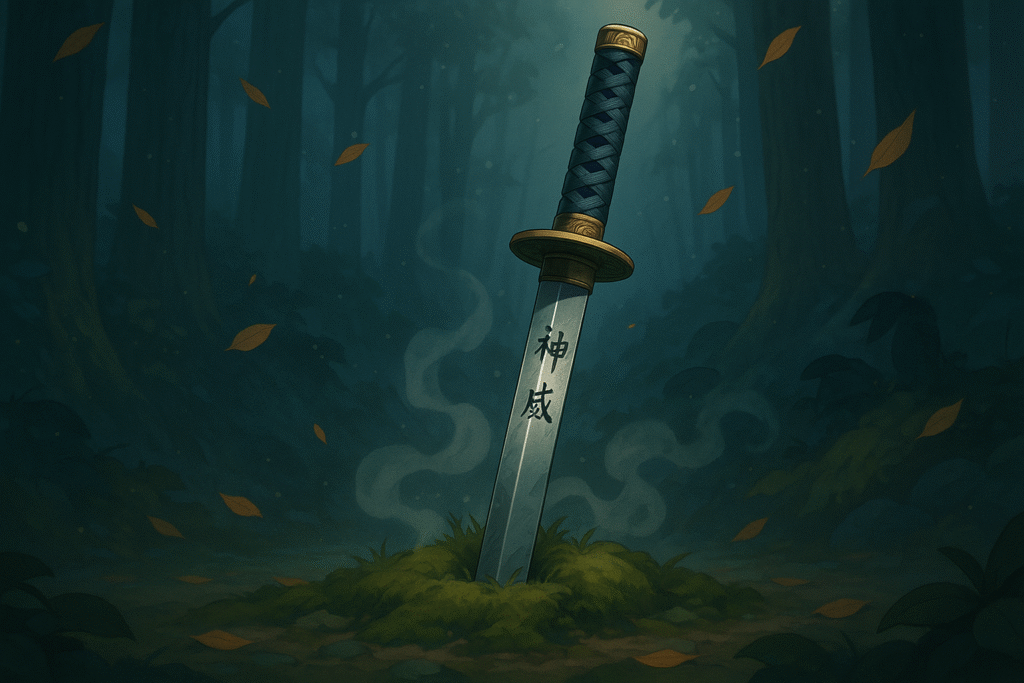From the disciplined movements of Karate to the spiritual practice of Kyūdō, Japanese martial arts represent centuries of cultural evolution, warrior philosophy, and physical mastery. These ancient fighting systems have transformed from battlefield necessities into global practices that promote mental focus, physical wellness, and spiritual growth.
Whether you’re planning a trip to Japan, considering which martial art to study, or simply fascinated by Japanese culture, understanding these distinctive fighting styles offers insight into Japan’s rich heritage that continues to influence modern society worldwide.
The Origins of Japanese Martial Arts
Japanese martial arts, collectively known as “bujutsu” (武術) or “budō” (武道), trace their origins to the 7th century when they were primarily developed for battlefield combat. The distinction between these terms is significant: bujutsu refers to the practical fighting techniques, while budō emphasizes the philosophical and spiritual development aspects.
During medieval Japan, warriors—particularly the samurai and ninja classes—refined these combat systems into highly specialized fighting styles. As Japan moved toward periods of peace, these Japanese martial arts evolved from war-focused techniques into practices centered on personal development, discipline, and spiritual cultivation.
The Warrior Classes
Two pivotal groups shaped the development of Japanese martial arts:
Samurai Warriors The samurai elite initially mastered mounted archery (bajutsu) before later focusing on swordsmanship (kenjutsu). Their martial training included:
- Precise weapons handling
- Tactical battlefield movement
- Ethical codes of conduct (bushido)
Ninja Practitioners Specializing in unconventional warfare, ninjas developed ninjutsu, which encompassed:
- Stealth and espionage techniques
- Specialized weapon mastery
- Survival skills across various terrains
8 Essential Japanese Martial Arts Styles
While traditional Japanese martial arts encompass 18 classical disciplines, several styles have gained particular prominence in modern practice. Here are eight essential styles that represent the diversity of Japanese martial arts:
1. Karate (空手) – “Empty Hand”
Perhaps the most globally recognized of all Japanese martial arts, Karate developed in Okinawa before spreading throughout Japan in the early 20th century.
Key characteristics:
- Focused on powerful striking techniques using hands, feet, knees, and elbows
- Emphasizes direct, linear movements
- Combines defensive blocking with offensive strikes
Modern practice: Today’s Karate balances traditional kata (formal exercise patterns) with kumite (sparring) and has become popular worldwide as both sport and self-defense.
Cultural note: Unlike many Chinese martial arts systems, Karate emphasizes sharper movements and typically uses a standardized white uniform (gi).
2. Judo (柔道) – “The Gentle Way”
Developed in 1882 by Jigoro Kano, Judo evolved from traditional jujutsu with an emphasis on competitive sport and personal development.
Key characteristics:
- Focuses on throws, pins, and joint locks
- Utilizes an opponent’s force against them
- Emphasizes falling safely (ukemi)
Olympic status: Judo became an Olympic sport in 1964 and represents one of Japan’s most successful international martial arts.
3. Aikido (合気道) – “The Way of Harmonious Spirit”
Founded by Morihei Ueshiba in the early 20th century, Aikido is often considered the most philosophical of Japanese martial arts.
Key characteristics:
- Redirects an attacker’s energy rather than opposing it directly
- Emphasizes circular movements and balance disruption
- Incorporates spiritual development alongside physical technique
Philosophical core: Aikido practitioners aim to resolve conflict peacefully when possible, reflecting its founder’s belief in martial arts as a path to harmony.
4. Kyūdō (弓道) – “The Way of the Bow”
This traditional Japanese archery form dates back to Japan’s feudal era but evolved into a meditative practice with strong Zen Buddhist influences.
Key characteristics:
- Focuses on proper form and mental state over hitting targets
- Involves an eight-step shooting process
- Emphasizes harmony between mind, body, and bow
Spiritual aspect: Kyūdō practitioners often describe the practice as “standing meditation” where the goal is perfect serenity rather than accuracy alone.
5. Kendo (剣道) – “The Way of the Sword”
Evolving from samurai swordsmanship, modern Kendo uses bamboo swords (shinai) and protective armor for safe practice.
Key characteristics:
- Emphasizes striking specific target areas with precision
- Involves loud vocalizations (kiai) to express fighting spirit
- Requires formal etiquette before, during, and after practice
Equipment: Practitioners wear distinctive armor including men (mask), do (chest protector), tare (waist protector), and kote (padded gloves).
Want to explore Japan’s culture?
Discover Japan’s rich culture, traditions, and hidden gems with our expertly crafted guides. Get insider tips on travel, food, and history. All for free!
6. Sumo (相撲) – Traditional Wrestling
Japan’s national sport dates back to ancient times and combines athletic competition with Shinto religious rituals.
Key characteristics:
- Focuses on forcing opponents out of a circular ring or making them touch the ground
- Involves elaborate pre-match rituals
- Maintains strict hierarchical rankings
Cultural significance: Beyond sport, Sumo represents an important cultural institution in Japan with tournaments (basho) drawing national attention.
7. Jujutsu (柔術) – “Gentle Art”
This ancient grappling art focuses on using an attacker’s energy against them and served as the foundation for several modern Japanese martial arts.
Key characteristics:
- Emphasizes throws, joint locks, and submissions
- Utilizes minimal strength for maximum efficiency
- Incorporates both armed and unarmed techniques
Modern influence: Jujutsu heavily influenced the development of Brazilian Jiu-Jitsu, Judo, and various military close-combat systems worldwide.
8. Ninjutsu (忍術) – “Art of Stealth”
The secretive martial art of Japan’s legendary ninja warriors combines combat techniques with espionage skills.
Key characteristics:
- Includes 18 specialized skill areas (the 18 disciplines of ninjutsu)
- Focuses on unconventional warfare and survival
- Incorporates psychological tactics alongside physical techniques
Modern practice: Today’s schools often focus on traditional weapon techniques and practical self-defense rather than actual espionage.
Philosophical Elements in Japanese Martial Arts
What truly distinguishes Japanese martial arts from other fighting systems is their deep philosophical foundation. Key concepts include:
- Mushin (無心) – “no mind,” a state of mental clarity and readiness
- Zanshin (残心) – continued awareness after executing a technique
- Maai (間合い) – proper distancing and timing in combat
- Reigi (礼儀) – proper etiquette and respect
These philosophical elements reflect the influence of Zen Buddhism, Shinto, and Confucian thought on the development of Japanese martial arts.
Japanese Martial Arts in Contemporary Culture
Today, Japanese martial arts have transcended their combat origins to become globally practiced activities that promote physical fitness, mental discipline, and personal growth. Their influence extends into:
- International sports competitions including the Olympics
- Health and wellness practices for people of all ages
- Corporate training programs emphasizing teamwork and discipline
- Popular media from movies to video games
For those living in or visiting Japan, many traditional dojos welcome foreign practitioners. As we’ve noted in our article on dating in Japan as a foreigner, engaging with cultural practices like martial arts can provide valuable insights into Japanese social customs and values.
Common Questions About Japanese Martial Arts
What is the oldest Japanese martial art?
Sumo is considered the oldest Japanese martial art, with records dating back to the 8th century, though its origins may be even more ancient.
Which Japanese martial art is best for self-defense?
Judo and Karate are highly effective for practical self-defense, focusing on techniques that can be applied in real-world situations without requiring exceptional strength.
What is the difference between Japanese and Chinese martial arts?
Japanese martial arts typically emphasize direct, efficient movements and standardized training methods, while Chinese martial arts often feature more circular movements and greater stylistic variation.
Do I need to speak Japanese to learn Japanese martial arts?
No, you don’t need to speak Japanese to learn Japanese martial arts, though understanding basic terminology enhances the experience and shows respect for the tradition.
Final Thoughts
Japanese martial arts represent far more than combat systems—they embody centuries of cultural wisdom, philosophical depth, and physical discipline. Whether you’re drawn to the meditative focus of Kyūdō, the dynamic throws of Judo, or the powerful strikes of Karate, these practices offer pathways to both physical mastery and personal growth.
For visitors to Japan, observing or participating in these traditional arts provides unique cultural insights that complement other aspects of Japanese life. As we’ve explored in our article on the crime rate in Japan vs US, the discipline and social harmony cultivated through martial arts practice may contribute to Japan’s reputation for safety and social order.
For comprehensive guides on Japanese cultural practices, language learning resources, and travel tips, visit our resources page for free downloadable materials.
Love Japan? Stay in the Loop!
Get the best of Japan straight to your inbox: language, culture & travel insights!




